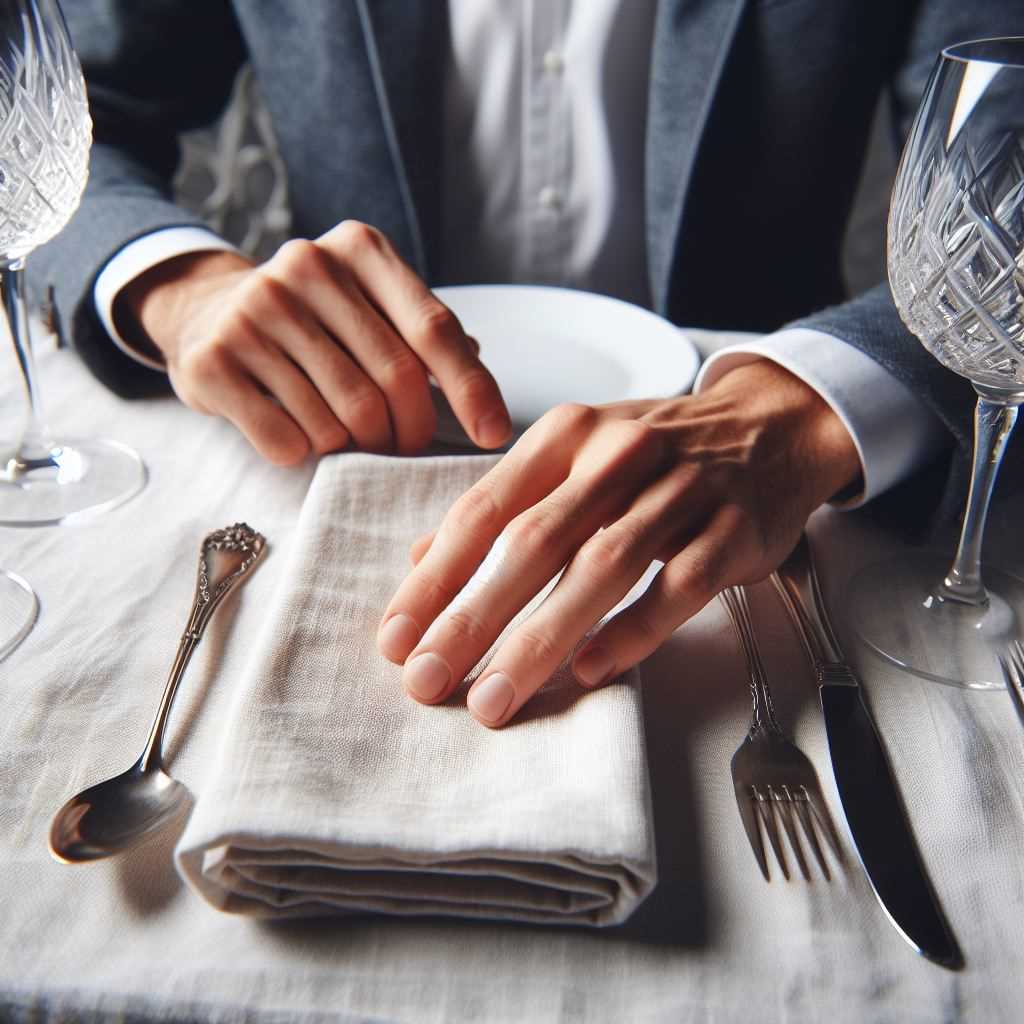How Your Napkin Choice Sets the Scene
Napkins or serviettes? This age-old debate explores the history of table linens, from practical paper to luxurious cloth, and the etiquette they signify.

I once overheard a rather spirited debate in the cheese aisle at my favorite gourmet market. The subject? Whether to use cloth napkins for a child's birthday party. One particularly flustered mother argued in favor of paper ones, citing a “lack of laundry time” and the whims of sticky-fingered toddlers. Her friend, a stylish Parisian expat, gasped with mild horror, “Paper serviettes? Jamais! It must be cloth napkins!”
This exchange sparked a flame in me. It's a debate older than time itself (or at least since paper napkins came along). Cloth or paper – it's a question of practicality, aesthetics, even subtle social cues. And much like our individual culinary preferences, our feelings on napkins and serviettes have their roots in culture, history, and yes, even stubborn generational divides.




